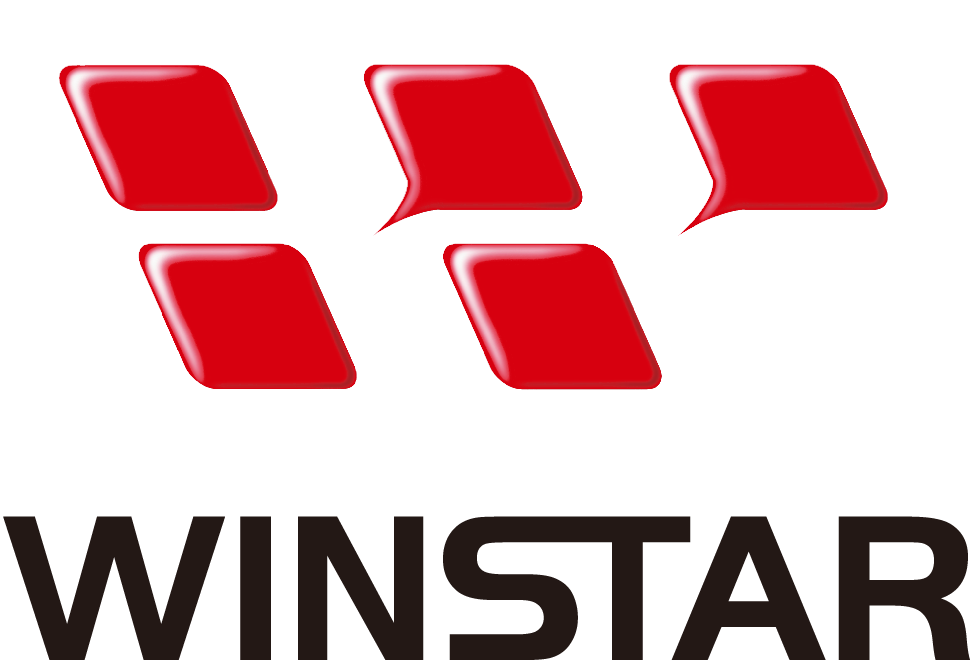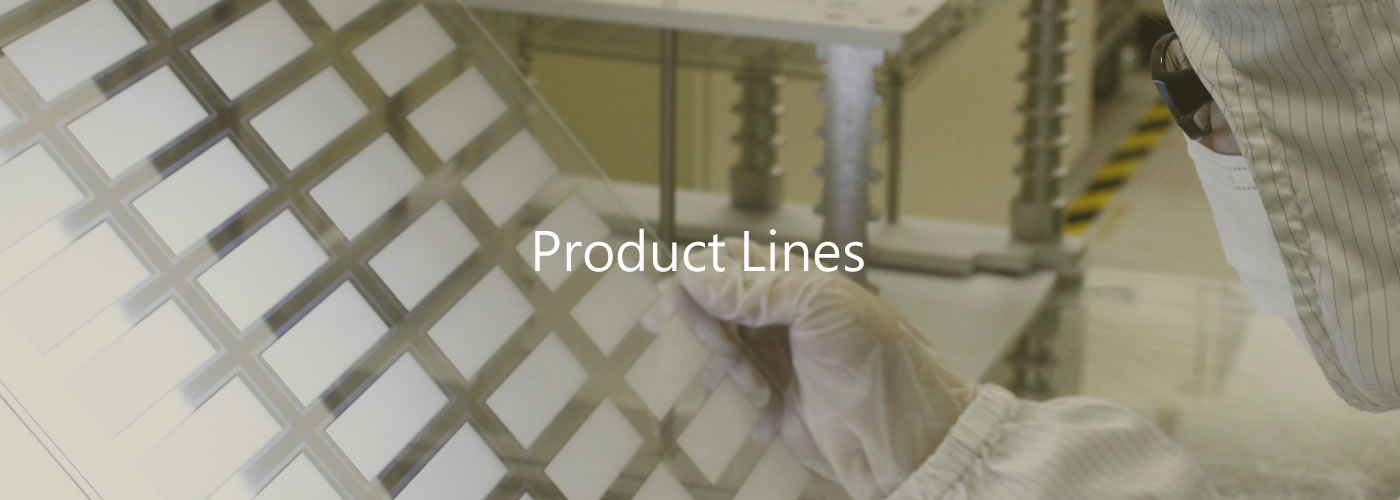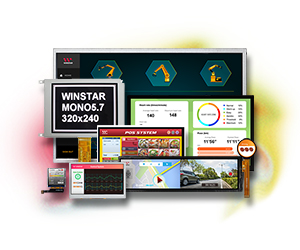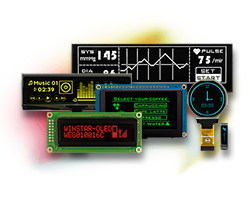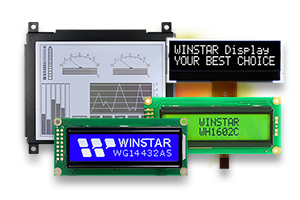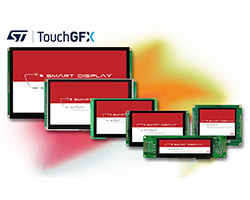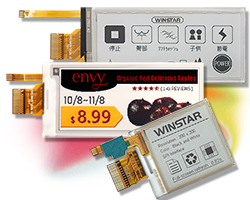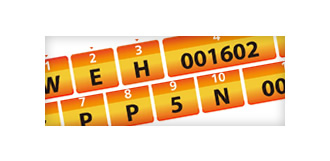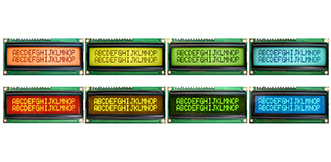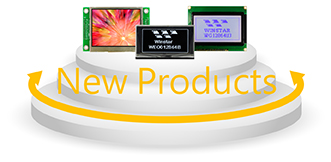Industrial LCD Displays, TFT LCM Modules, and PMOLED Displays
WINSTAR offers a wide range of industrial LCD displays and LCM module products, including monochrome TN/STN/FSTN LCD, LCM modules, FSC-LCD, VATN LCD, TFT LCM, PMOLED displays, and smart displays. We provide both standard and custom industrial display solutions, offering semi-custom options such as adding connectors, touch panels, interconnect solutions, and development control boards. Our technical team is also equipped to support fully custom LCD module designs to meet specific customer requirements.
